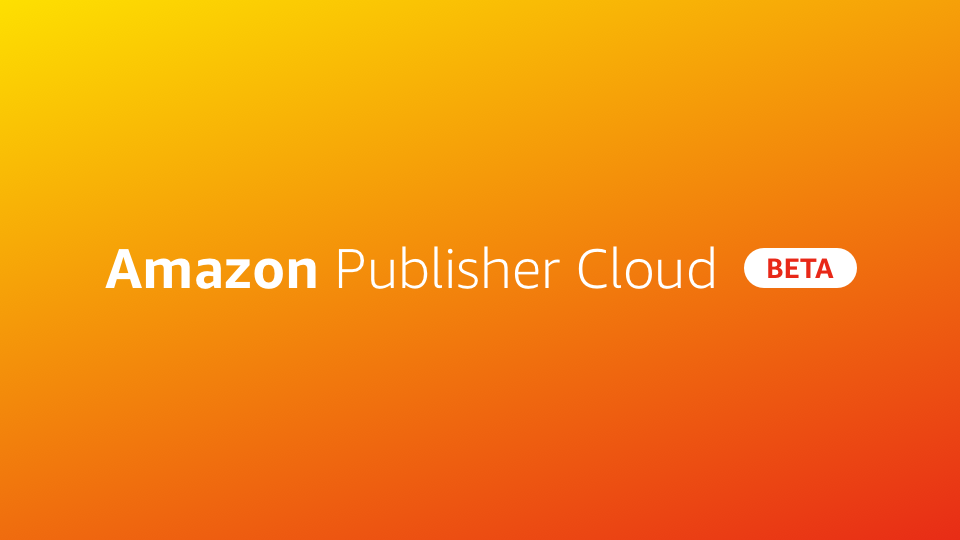Amazon has recently introduced an AI-powered image generation tool, marking a significant step forward in advertising technology. This breakthrough tool, currently in beta, offers advertisers a unique way to boost their ad performance by generating lifestyle imagery. The tool is designed to aid with the creation of effective and engaging advertisements by reducing creative barriers and offering a new approach to ad design.
Unveiling the AI-Powered Image Generation Tool
Amazon’s groundbreaking tool was unveiled as part of the company’s annual UnBoxed conference. This event is known for its major announcements related to Amazon’s advertising products. The 2023 event was no exception, as the e-commerce behemoth revealed developments in generative AI and data clean rooms, aiming to take its advertising technology to the next level.
“Producing engaging and differentiated creatives can increase cost and often requires introducing additional expertise into the advertising process,” said Colleen Aubrey, senior vice president of Amazon Ads Products and Technology. “At Amazon Ads, we are always thinking about ways we can reduce friction for our advertisers, provide them with tools that deliver more impact while minimizing effort, and ultimately, deliver a better advertising experience for our customers.”

The introduction of the Amazon Publisher Cloud, which allows publishers to plan programmatic campaigns by combining their first-party data sources with Amazon’s, was one of the significant developments. This clean room service is built on the infrastructure of Amazon’s existing AWS Clean Rooms. This tool allows publishers to weigh contextual ad signals against Amazon Ads audience data, helping to identify potential customers.
For instance, if consumers are in the market for pet food or cookware, advertisers can leverage this information to devise a programmatic deal for brands eager to reach that type of customer on a large scale. Beta launch partners for Amazon Publisher Cloud include DirecTV, Dotdash Meredith, Fandom, NBCUniversal, and TelevisaUnivision. An earlier test of the service by NBCUniversal on Amazon Prime reached more than triple the desired audience compared to an unoptimized campaign.
“By analyzing our first-party signals with Amazon Ads audience insights through Amazon Publisher Cloud, we’re able to map intent-to-buy signals to our more than 1.5 million articles across Dotdash Meredith, making the content you read a stronger and more durable predictor of what you are likely to buy than any cookie signal,” said Dr. Jon Roberts, chief innovation officer, at Dotdash Meredith. “We’re excited to deepen the collaboration with Amazon Publisher Services and build a robust future that unlocks previously un-addressable audiences, drives advertiser performance, and enhances the consumer experience.”
The Power of Generative AI in Advertising
Generative AI is a technology that uses algorithms to generate new content from existing data. It can be applied in various fields, including advertising, to create engaging and visually rich images. Amazon’s image generator feature makes it easy for small and medium-sized brands that lack the time or resources to create a large volume of creative content.
By using the Amazon Ad Console, advertisers can input their product pages and click a “Generate” button to see potential image options in seconds. They can also add text prompts to refine the results. The image generator feature aims to address the issue of similar white background images that accompany many campaigns. Amazon claims that using more lifestyle-oriented backdrops, like a toaster on a kitchen counter with fall decorations, can improve click-through rates on mobile sponsored ads by up to 40%.
Implications for the Advertising Industry
The introduction of Amazon’s AI-powered image generation tool marks a significant step in the evolution of the advertising industry. The technology helps streamline the development of advertising creative, transforming how advertisers create and deploy campaigns. Generative AI tools can create new content, such as titles, descriptions, and images for ads, based on a variety of inputs. This technology acts as a “creative assistant” for advertisers, helping them enhance their knowledge and expertise.
The ability to create new content quickly and efficiently can be a game-changer for advertisers, particularly those who lack the resources to create engaging and differentiated creative. It reduces the cost and complexity of the advertising process, allowing brands of all sizes to easily create brand-themed imagery.
The Future of AI in Advertising
The integration of AI and machine learning into everyday products and services is becoming increasingly common. For example, when consumers see Sponsored Products ads on Amazon, ask Alexa for the weather, or find a new series on Prime Video, they’re interacting with AI and machine learning. As AI continues to evolve, it will undoubtedly play an essential role in the advertising industry.
Amazon’s image generation tool is not only a significant development in the advertising industry but also a demonstration of the company’s commitment to using AI to improve customer experiences. The company is continuously improving its tool based on customer feedback and will expand its availability over time. As we move forward, it’s clear that the future of advertising will be significantly shaped by AI and machine learning technologies.
Conclusion
Amazon’s AI-powered image generation tool is a promising development in the field of advertising. By providing a solution that enables advertisers to create engaging and visually appealing ads, Amazon has demonstrated the potential of AI to revolutionize the advertising industry. As AI continues to evolve and become more integrated into our everyday lives, we can expect to see more innovative applications of this technology in various industries, including advertising.
